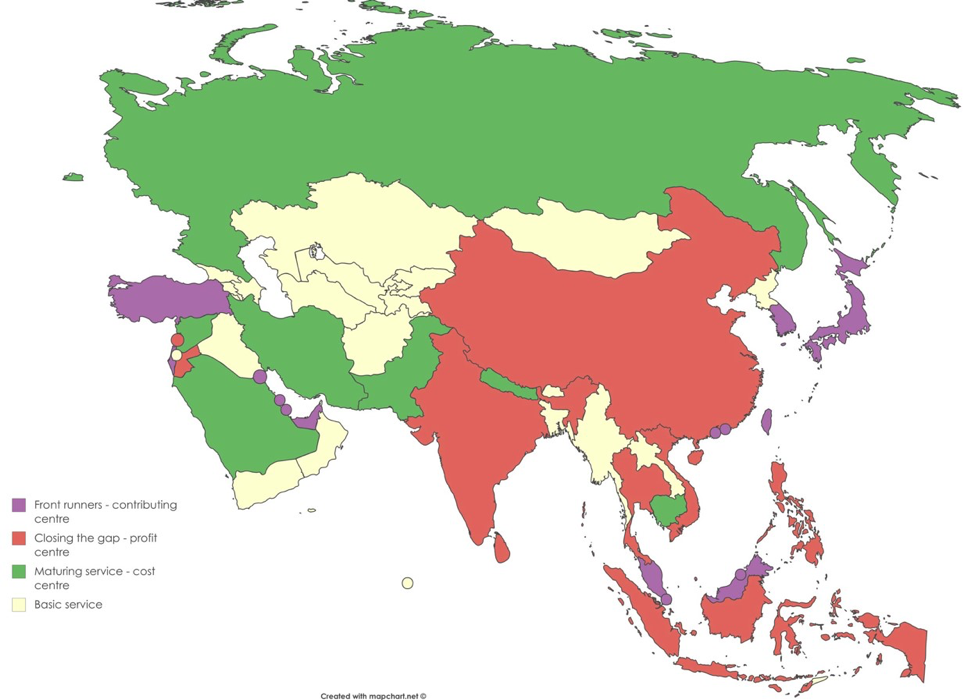Sentosa Island was the backdrop for the first Field Service event in Asia. More than 120 delegates came to Singapore to participate in discussions and get a feel of the field service buzz. Many had heard their European or American colleagues talking about the US & EU editions and were encouraged to join the debate.
On the tip of the tongue was this one question: “Is the Asian customer willing to pay for Service?” Closely followed by “on a maturity scale, how do we compare?”

The two questions are interlinked. In the same country and sometimes with the same customer it makes a significant difference how you both define and position service. If service is more focused on the Product, the Asian customer is less inclined to pay for service. This is most visible in the Japanese culture where Product related service is pinned to Quality: if the product breaks, something is wrong with quality … and the supplier must fix it … at his cost.

Despite all the cultural differences, most delegates agree that the basic field service business processes are more universal. A product breaks, the customer has an expectation and calls, the supplier fixes the product resulting in a customer satisfaction/ experience. For these service basics there is a lot of transformation going on.
The transformation specifics unfold in building a business case. Three country specific attributes impact both the cost and the return:
- Labor cost
- Geographical spread and logistics capabilities/ cost
- Local legislation, trade & sector barriers

At the first Field Service event in Asia delegates have engaged with each other, thought leaders and field service tool providers. There is an overwhelming consensus on the value field service is providing to the organization and its customers. Going home, the promise of service transformation towards the future is even bigger.
Adding the core message on “ownership” from the TEDx speaker Andrew Bryant, maybe we should rephrase the opening question: “When are we willing to pay for Service”. Make the question personal and dive into your own deliberations. If you can frame your service message more on the Customer side than on the Product side, I believe any customer will pay for Service.
This article is published in ServiceMax Field Service Digital on November 21st, 2017
